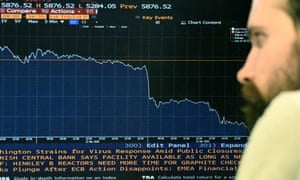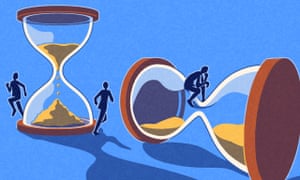Perfectly competitive markets have both strengths and limitations, which can be evaluated based on their characteristics, including allocative and productive efficiency:
Strengths of Perfectly Competitive Markets: a. Allocative Efficiency: Perfectly competitive markets achieve allocative efficiency, meaning resources are allocated in a way that maximizes consumer welfare. Prices are determined by the interaction of supply and demand, reflecting consumers' preferences and willingness to pay. Firms produce at the quantity where the market price equals the marginal cost, ensuring that resources are used efficiently to meet consumer demands.
b. Productive Efficiency: In the long run, perfectly competitive markets achieve productive efficiency. Firms produce at the minimum average total cost, meaning they are using resources as efficiently as possible. No firm can produce at a lower cost, and any inefficiency would lead to losses and exit from the market.
c. Consumer Welfare: Perfect competition benefits consumers by providing a wide range of products at competitive prices. The absence of market power allows firms to compete solely on price and quality, leading to affordable products for consumers.
d. Innovation and Dynamic Efficiency: The threat of competition encourages firms to innovate and adopt more efficient production methods. Dynamic efficiency is fostered as firms strive to stay ahead and adapt to changing market conditions.
Limitations of Perfectly Competitive Markets: a. Lack of Product Diversity: In perfect competition, all firms produce identical or homogenous products. This limits the availability of diverse products in the market, as there is no differentiation between offerings.
b. Long Run Equilibrium May Not Be Attained: Perfectly competitive markets assume free entry and exit, but in reality, certain barriers may prevent firms from entering or exiting as freely. As a result, long-run equilibrium may not always be achieved.
c. Inefficient Resource Allocation: While perfect competition ensures allocative efficiency at the market level, it does not guarantee an optimal allocation of resources at the economy-wide level. Some resources may be underutilized or misallocated across industries.
d. Ignoring Externalities: Perfect competition assumes no externalities, such as pollution or social costs. In reality, certain industries may impose external costs on society, which are not reflected in the market price.
e. Real-World Imperfections: Real markets rarely conform perfectly to the assumptions of perfect competition. Information asymmetry, market power, and imperfect factor mobility are examples of real-world imperfections that can affect the functioning of markets.
In conclusion, perfectly competitive markets exhibit strengths such as allocative and productive efficiency, consumer welfare, and the promotion of innovation. However, they also face limitations related to product diversity, barriers to entry, externalities, and real-world imperfections. While perfect competition provides an ideal benchmark for market efficiency, actual markets often deviate from these assumptions, and policymakers need to address such deviations to ensure fair competition and consumer welfare.

